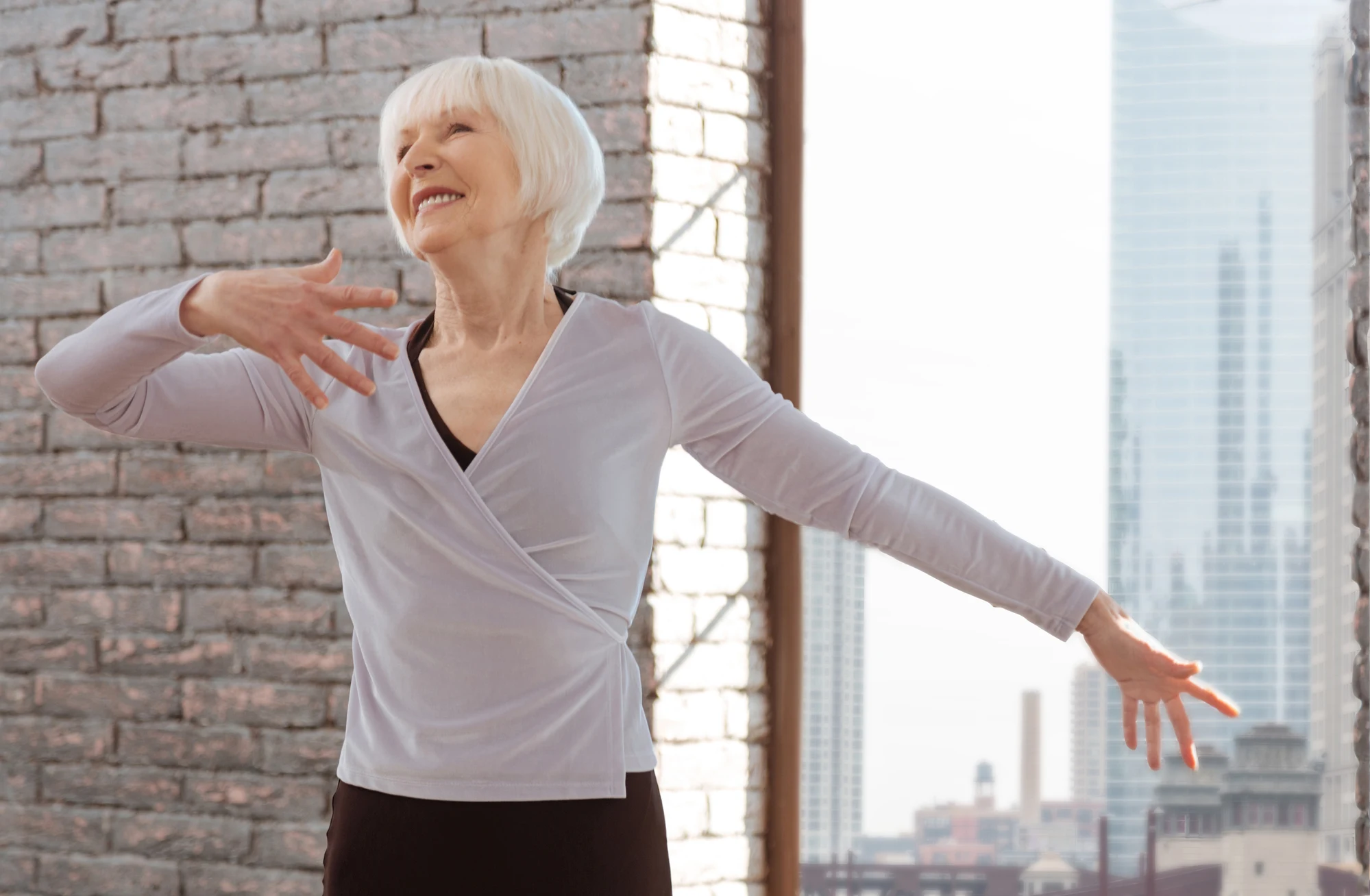Good morning. Today, we're going to discuss an important topic that affects many individuals as they enter their senior years: housing options. As our children grow up and move out, we may find ourselves wondering if living alone for the next few decades is the best choice. Loneliness, social isolation, and chronic health problems are risks that we want to avoid. Luckily, there are alternatives to traditional retirement facilities. Let's explore three current trends in group housing for seniors that offer benefits for both health and finances.
1. Specialized Communities:
Specialized communities are private mini-neighborhoods where dwellings are clustered around shared spaces. These communities can consist of individual houses, cottages, or apartments. They often have recreational areas, gardens, parking, and a common house for gatherings and activities. They can be run by the residents themselves or nonprofit organizations. Specialized communities come in different types, including intergenerational communities, communities for individuals aged 55 and older, and mission-oriented communities with shared goals. These communities promote socialization, active involvement with neighbors, and a sense of belonging. They can also be more affordable than traditional housing options. To learn more, you can visit the Cohousing Association of the United States website.
2. Home Sharing:
For many individuals, sharing a home with other adults is a practical and beneficial option. It allows them to take on a boarder, earn extra income, and enjoy companionship. There are groups like Silver Nest and the New York Foundation for Senior Citizens that help connect homeowners with mature boarders. They assist with listing spaces, conducting background checks, and setting up leases. There are also companies like Nesterly that connect older homeowners with younger boarders, who agree to pay rent and assist with household tasks. Sharing a home with friends or siblings is another option, which allows for shared expenses and the opportunity to support each other. This arrangement can be especially helpful when it comes to accessing services like private-duty care.

Hey everyone! Today, I want to talk to you about something fascinating: the idea that you can feel younger than your actual age. You may have come across older people who exclaim, "I feel like I'm 30!" or "I don't feel my age!" and exude positivity, energy, and optimism. But is it just wishful thinking, or can our mindset actually impact how young and healthy we feel? Well, research suggests that having a positive attitude about aging can lead to longer and healthier lives. So, let's explore the power of positive aging and how it can benefit our minds, bodies, and spirits!
1. The Science Behind Positive Aging:
Studies, like the one published in JAMA Network Open, have shown that individuals with a greater satisfaction with aging have a significantly lower risk of dying from any cause. These individuals also have a reduced risk of diabetes, stroke, cancer, and heart disease. Not only that, but they also experience better cognitive functioning, reduced feelings of loneliness and depression, increased physical activity, and improved sleep. It's amazing how our mindset can influence our overall well-being and contribute to a longer, healthier life!
2. Tips for Embracing Positive Aging:
Now that we understand the benefits of a positive mindset, let's explore some practical ways to cultivate a youthful outlook:
- Managing Anxiety: As we age, anxiety can become more common. To combat it, try incorporating daily meditation, exploring stoicism (a philosophy that teaches how to maximize positive emotions and reduce negative ones), or simply spending quiet time each day expressing gratitude. These practices can help alleviate anxiety and promote a positive mindset.
- Finding a Sense of Purpose: Having a strong sense of purpose allows us to continue pursuing goals and finding meaning in life. Engage in activities centered around self-development, growth, and connecting with others. Learn a new instrument or language, volunteer for a cause you care about, mentor someone younger, or take college classes that stimulate your mind. Revisiting activities you enjoyed in your youth can also spark joy and a sense of purpose.

White dresses always look good on me, so I like to wear them. This dress is a bit different from some of my dresses because it is a draped sleeve-a-line sweetheart tulle wedding dress (similar), which I styled as my Christmas dress.
When styling any bridal dress for any event, what makes it different is your accessories. So if you have a wedding dress that has been sitting in your closet, this is the time to bring it out and wear it as a Christmas dress. Here is how to style a wedding dress for Christmas.

1. Add a touch of red. Add the traditional Christmas color by pairing your bridal dress with red accessories. I added a red beret to my look. You can tie a red velvet ribbon around your waist to add a festive touch.

Multiple sclerosis (MS) is a condition that affects the central nervous system, which controls everything your body does. It causes inflammation that damages the nerves and their protective covering called myelin. This damage disrupts nerve signals, leading to various symptoms depending on where it occurs.
You might be surprised at the best ways to strengthen your immune system.
Have you ever seen advertisements for products that claim to boost immunity? Make your body's defences work for you. Boost immunity and maintain a healthy system with a powerful dose of nature's hottest immune-boosting ingredients.
Even if the language might alter to suit current fads, the assertions sound incredible. However, are the number of goods promoted as immune enhancers truly effective? And what actions may we take to help our immune system? These are significant questions, particularly as the flu and winter seasons approach and following a catastrophic pandemic.
IV infusions; superfoods; supplements; and cleanses
Among the selection of immune-boosting goods and suggestions are:
Intravenous (IV) infusions at home. Would you like a medical practitioner to visit your house with IV fluids that are packed with different vitamins and supplements? That is accessible in numerous US cities, and according to certain businesses, their recipe is meant to boost immunity. These IV treatments that are available on demand include some risk and can be highly costly.
Supplements and vitamins. Common choices are echinacea, milk thistle, and turmeric, frequently combined with different vitamins. There are hundreds of different formulas.
Both items to avoid and superfoods. You may find dozens of articles promoting foods like dark chocolate, spinach, blueberries, and broccoli as ways to prevent infections if you search for "foods to boost the immune system" online. Additionally, there is a list of foods that are thought to be detrimental to your immune system, such as sugar-filled beverages and highly processed meats.
Detoxification and cleansing procedures. You've probably seen advertisements for detoxification programmes and cleanses that aim to rid the body of pollutants. Their advertising cautions that we must rid our surroundings of dangerous elements that enter the body through food, drink, and the air. Proponents claim that these frequently unidentified poisons slow down your immune system, among other negative effects.
After three years, it is evident that extended COVID affects tens of millions of people. According to estimates from senior Harvard economists, the United States may have to pay up to $3.7 trillion in future years for medical care for ailments related to COVID-19. The cost is probably going to be significantly higher if the millions of people who are currently afflicted with long COVID continue to suffer from the sickness for years or if long COVID turns into a chronic condition.



